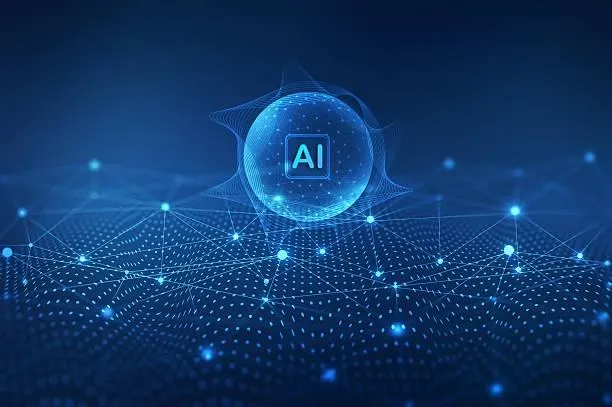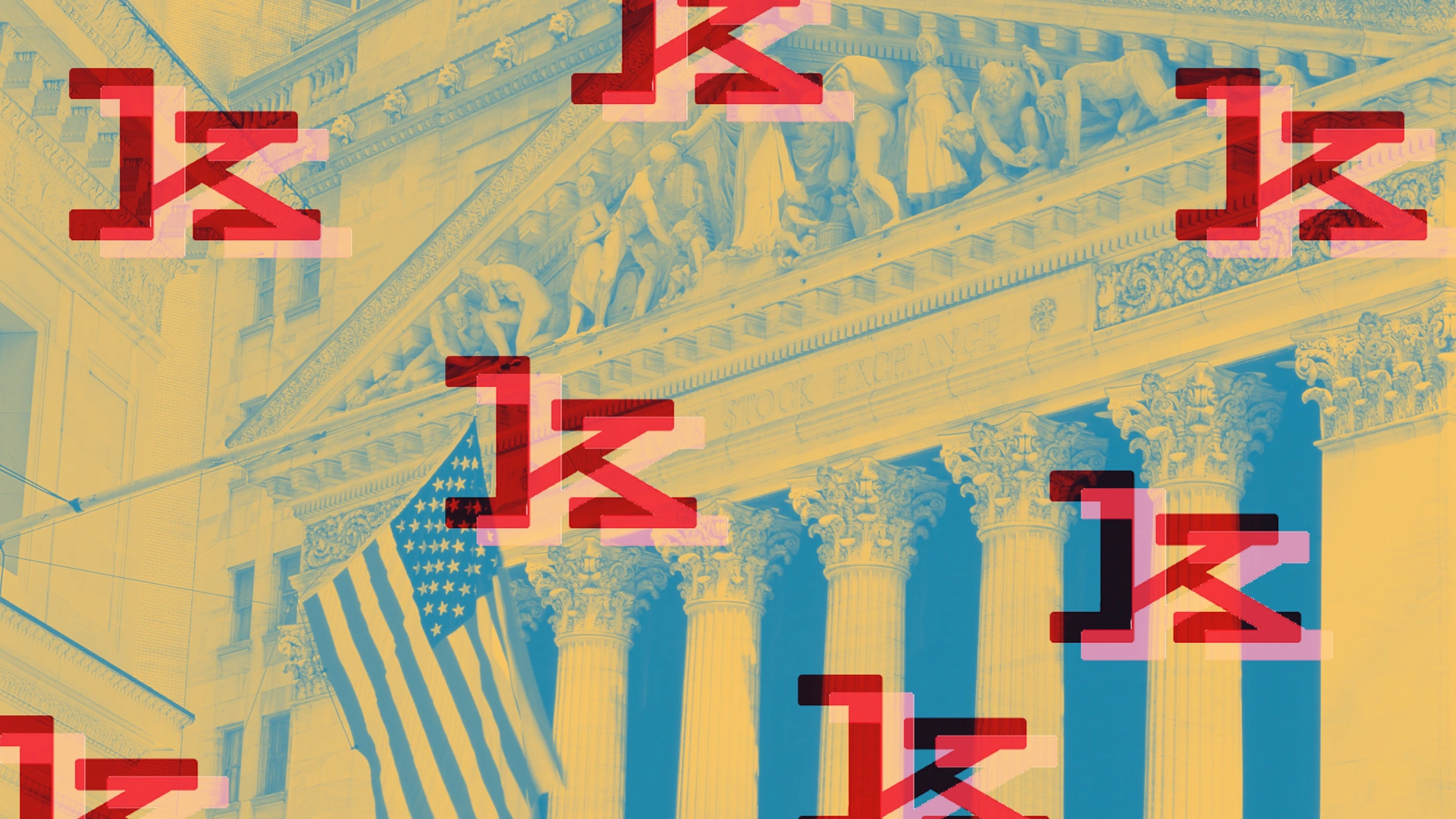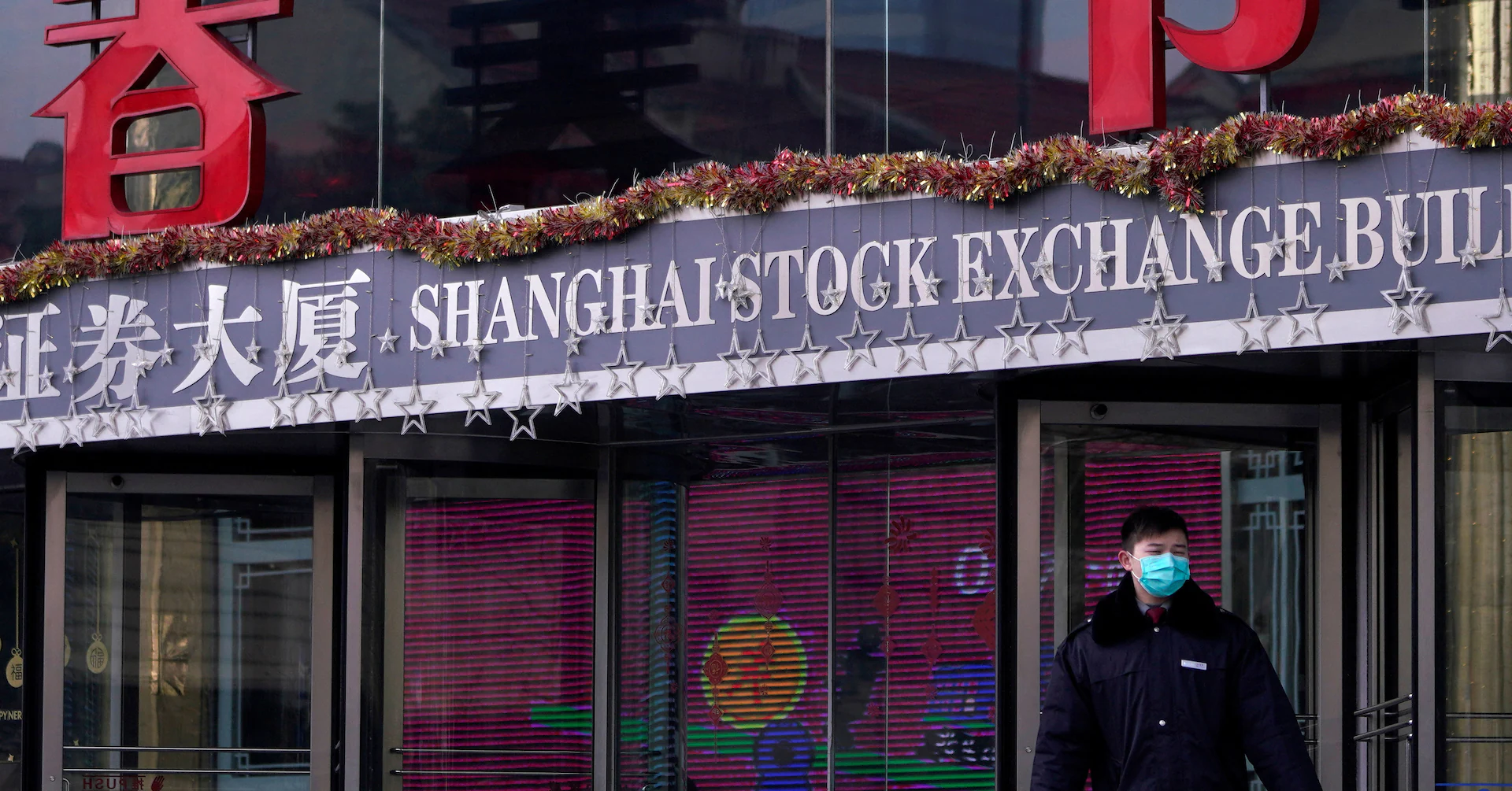By Contributor,Gary Drenik
Copyright forbes

Generative AI
Sarayut Thaneerat – Getty Images
Generative AI has made waves in advertising and marketing for its ability to create unique content through available data, stirring brands to utilize it for greater impact. For example, Heinz tapped Dall-E 2 for its “AI Ketchup” campaign, asking the model to create pictures of a ketchup bottle. The model generated designs that closely resembled Heinz, proving itself to be the sauce of choice among machines. This campaign demonstrated how potent an ingredient generative AI is, prompting more brands to join the fray.
Generative AI leads…for the moment
Roughly 80% of brands are already using generative AI for a competitive advantage. For instance, BMW and Cadbury have invested in building themselves as iconic brands for years, and leveraging generative AI has propelled them further as industry leaders globally.
In honor of its 50th anniversary, BMW launched “The Ultimate AI Masterpiece” campaign in 2021, weaving art, luxury, and technology together. Utilizing generative AI, the automaker examined 50 works of art by contemporary artists and 50,000+ images of art spanning 900 years to produce new, unique art canvases. The new artwork was then projection-mapped onto a virtual 8 Series Gran Coupe, officially debuting at the art festival Frieze New York – a unique way of remixing original creative work with modern technology.
Meanwhile, Cadbury Celebrations delivered sweet treats and melodies with its #MyBirthdaySong campaign in 2023. Leveraging generative AI, the chocolatier launched a microsite for fans to create personalized birthday songs for any individual, customizing lyrics with memories and nicknames to their genre of choice. The campaign generated more than 20,000 songs during its launch weekend, with campaign films garnering over 25 million views across social channels.
BMW appealed to art lovers, car enthusiasts, luxury consumers, and technologists with its campaign, illustrating the ability to reach multiple audiences at once. Cadbury, on the other hand, empowered consumers to participate in its campaign, inviting them to share personal, meaningful anecdotes. Both stand out for their creativity and tech-savviness, underlining generative AI’s effectiveness. However, agentic AI is gaining momentum in advertising and marketing at an increasing rate.
MORE FOR YOU
What agentic AI brings to the table
Agentic AI can function independently without any human interaction and adapt to changing circumstances automatically. Its “agency” enables brands to streamline strategies in real-time based on incoming data, produce tailored content, and automate hyper-personalized customer journeys.
“Agentic AI represents a compelling opportunity to gain an advantage in today’s competitive market. However, this will be an advantage to those who have laid out the groundwork for their brand,” said Frontify’s VP of Marketing Digge Zetterberg Odh. “Without a strong and well-established brand identity, AI won’t be able to enhance or advance your brand, campaigns, company, or overall business. AI’s purpose shouldn’t be churning our bland content, but helping marketing teams glean better insights, expedite mundane tasks, and create more time for creativity and strategy. Then, the brand and marketing teams become AI’s creative director if you will.”
A recent campaign by Coca-Cola employed Cluep’s AI agent to locate fast food fans in Saudi Arabia. The agent analyzed social media users’ posts for mentions of fast food and then shifted to online marketplaces, matching users to their own unique mobile identifiers. Once completed, it sent individual promotions to these consumers across popular third-party apps, offering its soda via meal coupons. The agent performed 8 million actions without human assistance and enabled Coca-Cola to reach 828,000 consumers with its coupons.
This volume of work would have taken Coca-Cola’s marketing team months to complete, whereas the agent finished these actions much faster than a human could. The speed and scale of execution are testaments to agentic AI’s efficacy, monitoring posts to target consumers with personalized coupons across different social channels.
Too much AI and not enough brand
Indeed, BMW, Cadbury, and Coca-Cola raised the bar with their AI-powered campaigns, but brands must be careful not to rely too much on bots. A brand can become too excited about AI and easily go overboard, impacting their campaign’s authenticity. For a lesser-known brand, using AI may dilute their identity, and in the worst-case scenario, contribute to “internet enshittification,” which is the decay of online platforms. In other words, just because a brand has access to AI doesn’t necessarily mean they should use (or abuse) it.
Brand trust has plummeted in recent years, with 90% of consumers demanding authenticity from the brands they support. Human creativity and real conversations stand out in this sea of AI sameness for consumers today, especially Millennials and Gen-Z since both are the dominant generations. This means both can easily tell the difference between authentic and manufactured.
Last year, Toys “R” Us learned the hard way how critical consumers can be of fully AI-generated campaigns. The retailer used OpenAI’s Sora text-to-video technology to create its brand film, “Origin,” telling the stories of founder Charles Lazarus and mascot Geoffrey the Giraffe. Despite its Cannes Lions debut, the film’s AI visuals made audiences feel uncomfortable, calling it “creepy” and “soulless” for its lack of human creativity.
Authenticity helps today’s brands stand out, and brands that leverage AI in human-driven, emotionally resonant campaigns will undoubtedly land on top.
Be honest and upfront about your AI
There are brands that uphold transparency to the highest degree, from acknowledging their shortcomings to offering glimpses into their operations. This, in turn, helps brands to build credibility and loyalty among consumers. Given AI’s growth in advertising and marketing, consumers demand brands to be more transparent about data usage.
AI-powered advertising and marketing rely on colossal amounts of user data to optimize campaigns in real-time, pinpointing patterns in user behavior, demographics, and interests to target the right audience. Despite the benefits of such precise targeting, there is the risk of access by unauthorized third parties that may have less than benign intentions for this data. A recent Prosper Insights & Analytics survey found that Millennials (54.7%), Gen-Z (54.5%), and Gen-X (69%) dislike advertisers accessing their personal data for targeted advertisements.
Prosper – How Do You Feel About Advertisers Who Access Your Personal Data
Prosper Insights & Analytics
It is crucial for brands to adopt data governance guidelines when leveraging AI in their data-driven advertising and marketing efforts, not only protecting user data but maintaining customer trust. Without full transparency, brands will lose favor among existing customers and hinder any opportunity to reach new customers.
AI is an asset, not a substitute for strategy
AI is an asset that can accentuate creativity, heighten personalization, and raise brand performance.
“Generative AI has proven its merit to brands, but we have only scratched the surface of what agentic AI has to offer,” said Zetterberg Odh. “The real magic happens when agentic AI and human creativity are paired together, giving brands the power to create impactful campaigns that resonate with consumers on multiple levels.”
Brands must remember that AI cannot replace strategy – consumers still want advertisers and marketers to flex their creative prowess. A successful brand knows how to properly balance human ingenuity, data ethics, and AI innovation.
Editorial StandardsReprints & Permissions



